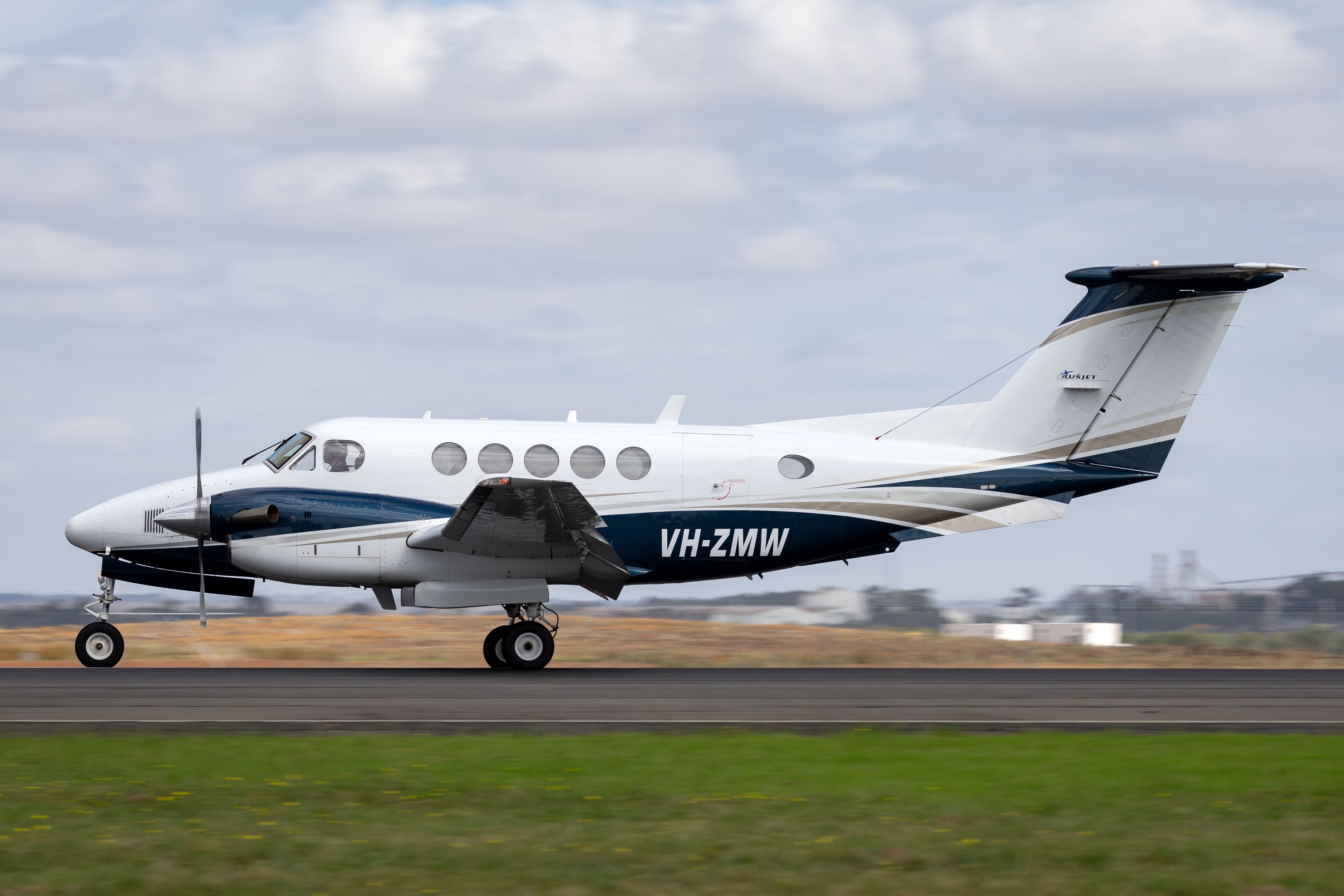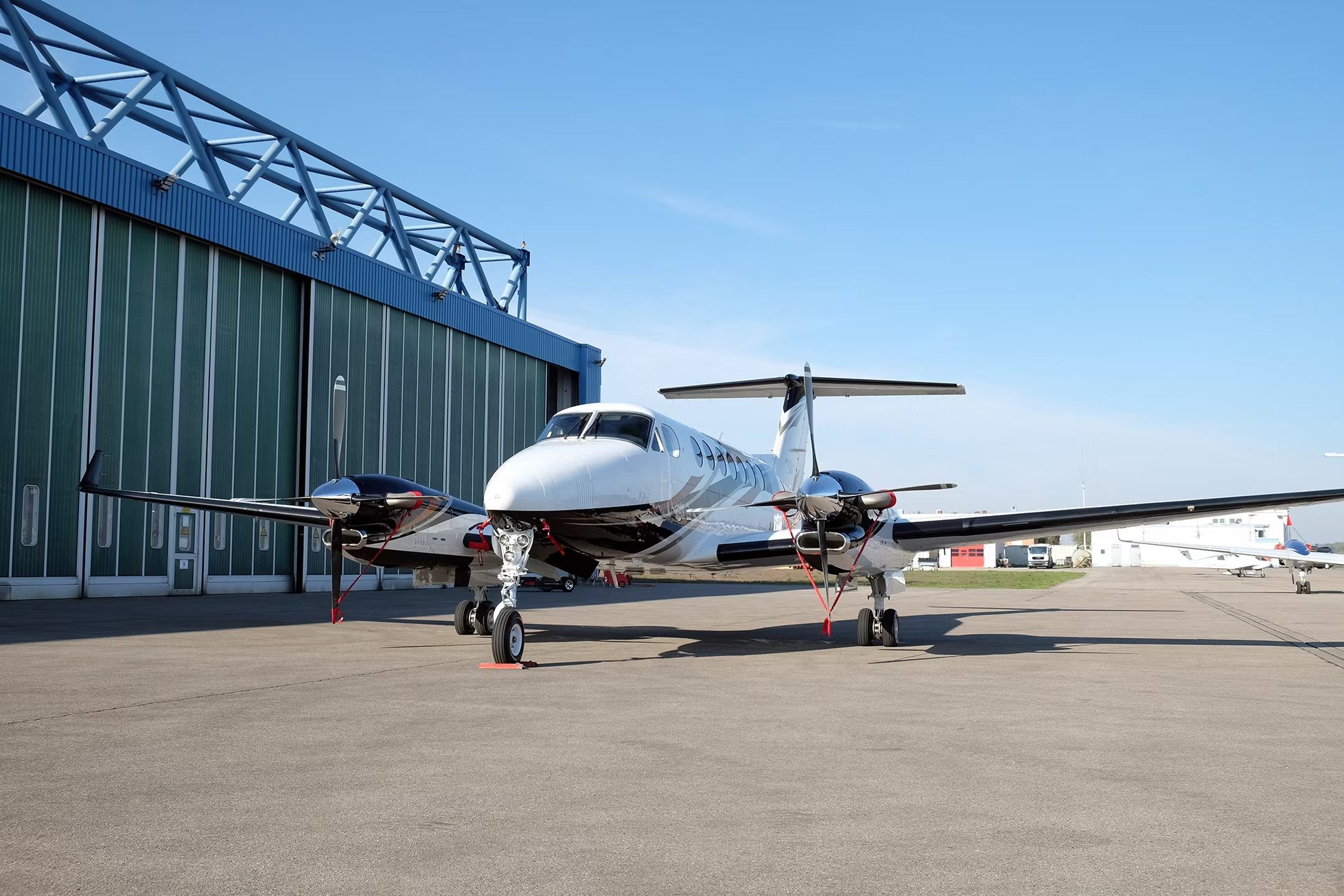Summary
- Cloud seeding using Beechcraft King Air planes has revolutionized the way desert regions bring much-needed rain to their areas.
- The United Arab Emirates National Centre of Meteorology and Seismology has perfected the cloud seeding process using airborne aircraft and microscopic salt particles.
- Cloud seeding is seen as a more attractive alternative to desalination plants for desert nations, with immense potential to tap into water sources that cannot be ignored.
While rain is something that most of us take for granted, in desert regions, occasional rains can prove to be a luxury. For the majority of human existence, weather has been something that is only controlled by nature, and humans had simply to live with what came along. In recent years, new technology has changed the way desert regions think about rain. By using aircraft, the process of cloud seeding can help bring vital rains to regions desperately in need of additional water.
In the United Arab Emirates, the popular utility aircraft Beechcraft King Air has been used as the aircraft of choice for this practice and has helped bring additional rain to the places where it is most needed. In this article, let’s take a deeper look at the Beechcraft King Air and the role it plays in the cloud seeding process.
How does it even work?
Cloud seeding, or the practice of helping newly formed clouds grow into large, voluminous rain clouds, may seem like a myth of science. But nonetheless, it is a very real and, for many, essential practice.
Photo: Ryan Fletcher | Shutterstock
The United Arab Emirates National Centre of Meteorology and Seismology (NCMS) has been studying and perfecting this process for years. Currently, the organization operates cloud seeding flights using Beechcraft King Air planes out of Al Ain International Airport (AAN).
There are two methods of performing cloud seeding, with one being far more efficient than the other. Initially, the NCMS considered placing large stations on top of mountaintops to inject microscopic material into updrafts, which would carry the material up into growing clouds.
Eventually, the organization determined that a far more efficient method to perform cloud seeding would involve releasing microscopic material from airborne aircraft. Now, the organization launches Beechcraft King Air planes into the skies above the UAE, filled with microscopic salt particles that will help grow larger amounts of water vapor.
Is this the best way to find water?
Previously, many desert nations had seen desalinization as the ultimate long-term key to the sustainable production of fresh water. But for the NCMS, cloud seeding is a far more attractive alternative. According to Omar Al-Yazeedi, the potential of cloud seeding initiatives is massive:
“This shows that there is a huge amount of water that could be tapped. It is a source that cannot be ignored.”
Obviously, there are logistical hurdles involved in this process, but it is hard to deny that chartering or purchasing Beechcraft planes is less efficient than building entire desalination plants. Furthermore, pilots who are performing these missions must receive specific training, as flying through unstable weather formations can prove dangerous.
Nonetheless, desert nations have begun to take notice of the immense potential of cloud seeding. Saudi Arabia’s National Center for Meteorology, an organization with similar and possibly even more daunting challenges than the UAE’s NCMS, has also recently acquired Beechcraft planes with the intention of beginning cloud seeding missions soon.



